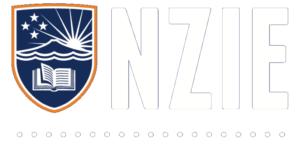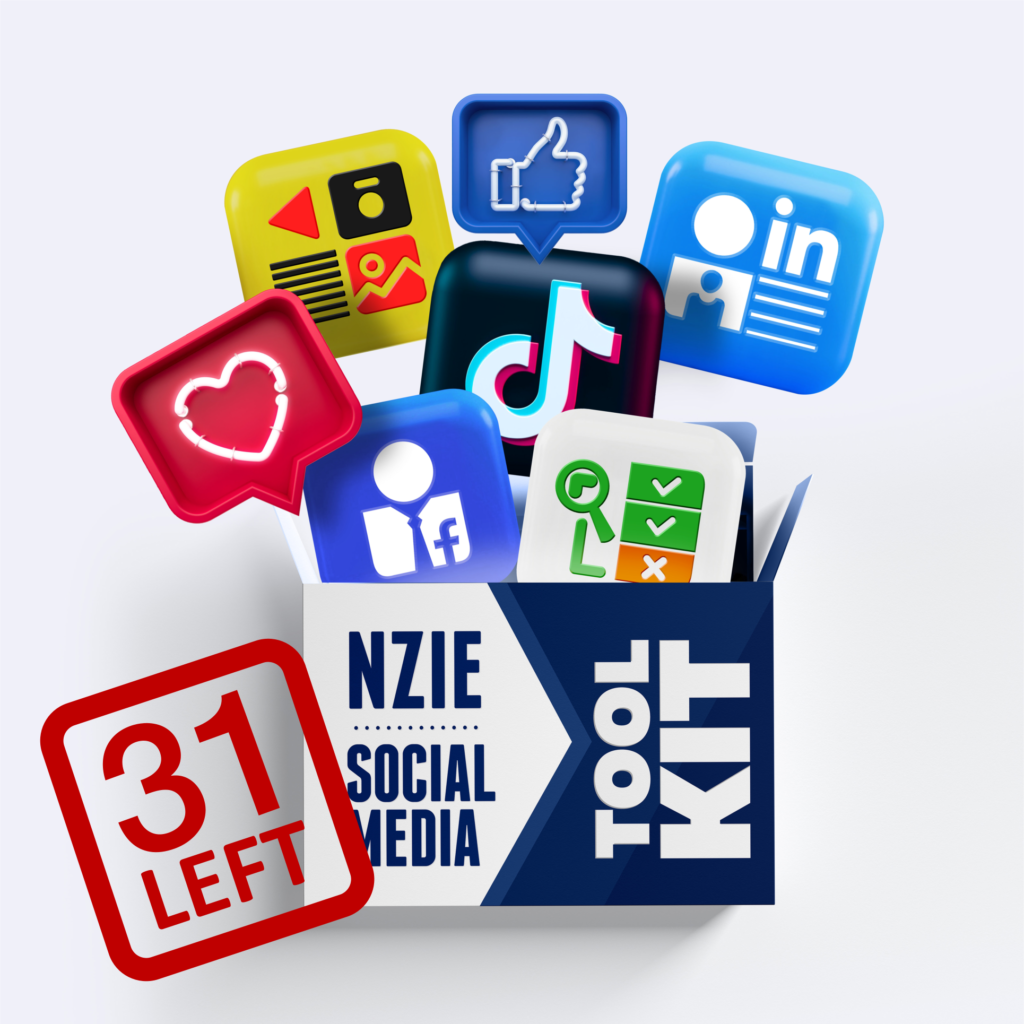2.2 Juliette Moore
Transcript
My name is Juliette Moore, I’m the Director of Fulfilment at Harper Digital.
We are an end-to-end digital marketing agency with a focus on delivering performance-based campaigns to our clients for small and medium businesses across the Asia Pacific region. Our primary focus is on paid advertising. While we don’t do organic social media posting, we do work a lot with paid ads on Facebook, Instagram, Pinterest, LinkedIn; all of the social media platforms.
I head up the Fulfilment team here at Harper and that’s made up of a couple of teams. One, is the Production team, who look after our websites and SEO. The Performance Advertising team look after all the paid ads. And within that team, we have the role of Digital Campaign Specialist. So these guys are responsible for the day to day of performance advertising. So setting up new campaigns, optimizing them, doing some research, that goes into pre-sale space, and proactively recommending things around strategy. And obviously, tweaking campaigns and making sure that they’re running as well as they can be.
The primary tool that we use for running our social campaigns is Meta Business Suite. It used to be called Facebook Business Suite or Facebook Business Manager. Obviously, it is the engine that drives the car. So it is the platform that looks after all of your ads on Facebook and Instagram. It also is where you would manage things like your product catalogues, or your tracking pixels, claiming your website domain and you can even manage pages through there.
The reason we use that tool, and we don’t use third-party, is that over the last few years, it’s really the platform has gotten really gotten a lot better. It used to be really clunky. And that’s why a lot of people in the industry shied away from using it directly and would go through another tool.
More recently, they’ve made improvements to the user interface and the way it works. It’s still very convoluted. It’s not as easy as some of the other platforms that you’d be exposed to in digital marketing. But it’s kind of the necessary evil. And it can do a lot, it’s very powerful.
2. Canva
The number one biggest asset in terms of tools is Canva. It is a really easy-to-use platform for manipulating and editing images and creating imagery and content. There’s a free version and a pro version, but the free version gives you access to heaps of features in terms of like templates for social media in different sizes, so you don’t have to guess.
You can edit text, put overlays, remove backgrounds – pretty much anything! You can even use it on your phone. It’s designed for people who don’t have access to or don’t have the skills for Adobe. This is a really good entry-level way to create imagery and content for social media.
The next tool that we utilize in terms of creating content for social is the Adobe Creative Suite, primarily Photoshop. And the reason we would dive into using that is if we need to lift the creativity, the quality of the creativity to the next level, or if it was something complex. If we need to create animations, videos, html5 type content, it is more professional than using some of the free tools, because of the nature of the work that we do. And the fact that we create websites.
If we were purely a social media agency, I’m not 100% sure whether we would do that. But because we have the benefit of the license from the website point of view, that’s the main reason that we do.
A cheaper alternative is an app called Adobe Express. It used to be called Adobe Spark, and you can use it on your phone as well. You can basically pull in all your photos from your camera roll or wherever else, mix and match them and it’ll create templates for social media in the relevant sizes. It’s a little bit like Canva in that regard. It’s a free version of Adobe.
Fundamentally, Google Analytics needs to underpin everything that we do, and it does. As soon as you’re driving traffic to your website from social media, it’s really important that you understand what’s happening to that traffic once it gets there. Google Analytics allows you to do that. It’s probably the number one tool that we need our staff and our clients to understand. Because it really shows you where your traffic’s coming from, how long they’re spending on the site, what pages and what content they’re engaging with, whether or not they’re converting, and then where to focus your efforts.
If you’re getting a bunch of traffic from Facebook, or Instagram, and it’s ‘rubbish’ traffic, it’s not relevant, then you know you need to pivot what you’re doing.
5. Stock Images
The tool I want to discuss is stock imagery and the various libraries where you can access that. In a perfect world, you would take your own photos. But that’s not always possible, due to a lack of resources or time. Various stock libraries online have a plethora of creative imagery that you can choose from which can help support your message.
There are a few free ones: Pexels and Unsplash are quite good if you’re looking for free stock photos. The downside with them is they tend to be very creative, and more relevant for B2C (Business to Customer) type content. They are softer and artsier if that makes sense.
The libraries that we are drawn to from a professional point of view are iStockphoto and Shutterstock. Those ones are paid: about $15 a photo depending on the photo. They have a bigger range of high-quality imagery. You find something to match exactly your use case, then your audience.
5. Grammarly
My final recommendation for everyone is to get on Grammarly. It’s a really invaluable tool for checking your copy, spelling and grammar. We have a number of people in the business who have English as a second language. And they use Grammarly on a daily basis, mostly to give themselves peace of mind. They’re fluent in English, they write well, read well, but it just gives them peace of mind that what they’re writing actually makes sense.
Conclusion
To sum up, in terms of the tools that we use for social media, there are always new ones that are popping up. There’s always going to be something new to try. Most of these tools will have a 30-day free trial unless they’re free forever. There’s no harm in signing up and having a play. You never know – you might come across something really gold that will change the way you work. Worst case – you waste a couple of minutes and you realize that it’s not going to help you out. The industry is always changing and the tools that are out there are always evolving. Just keep playing and see where that takes you.



